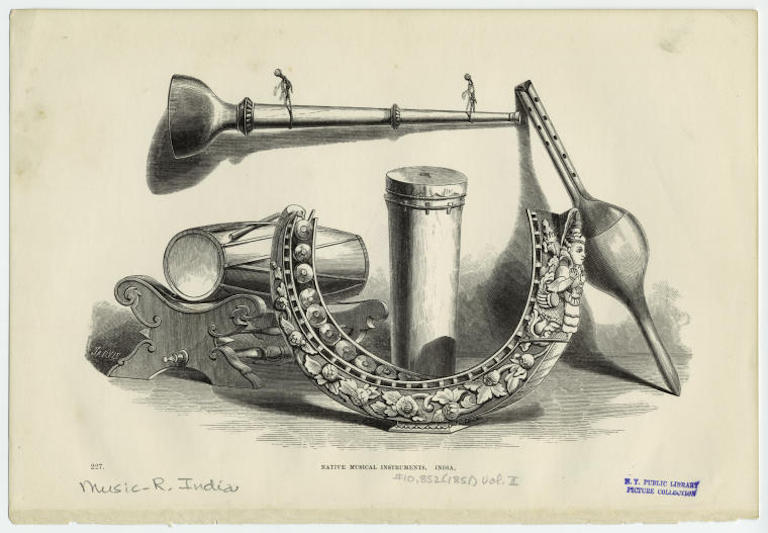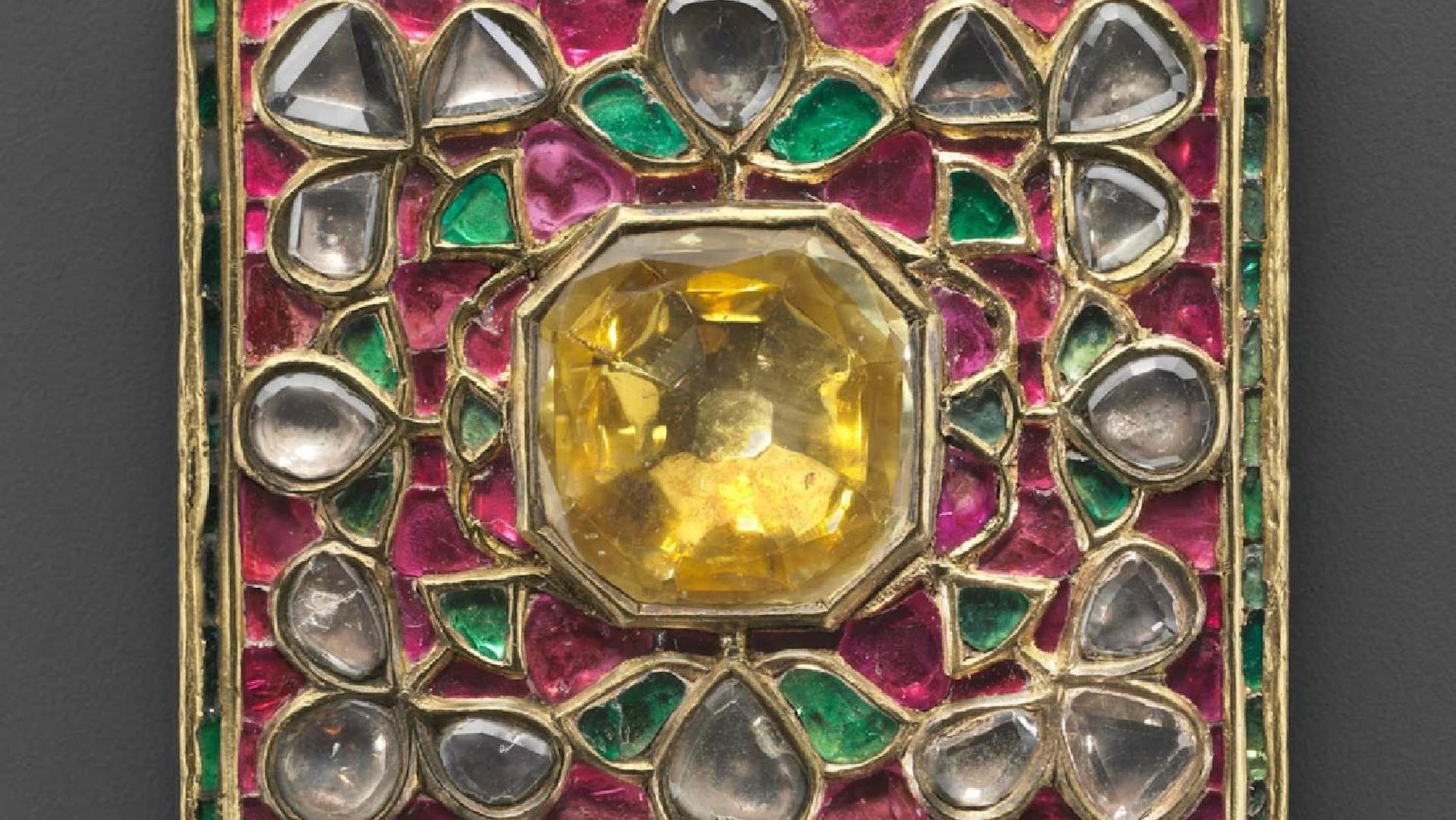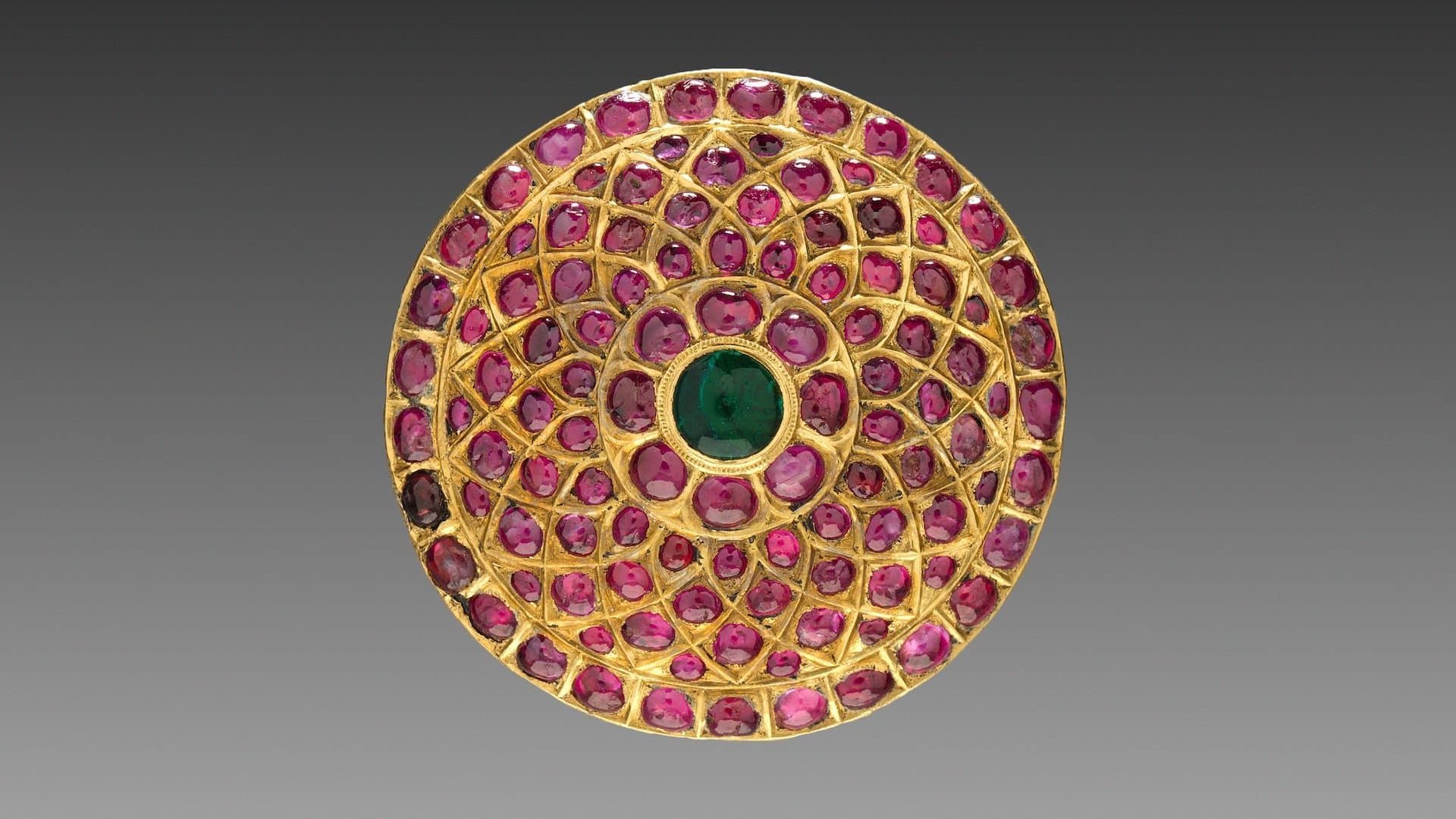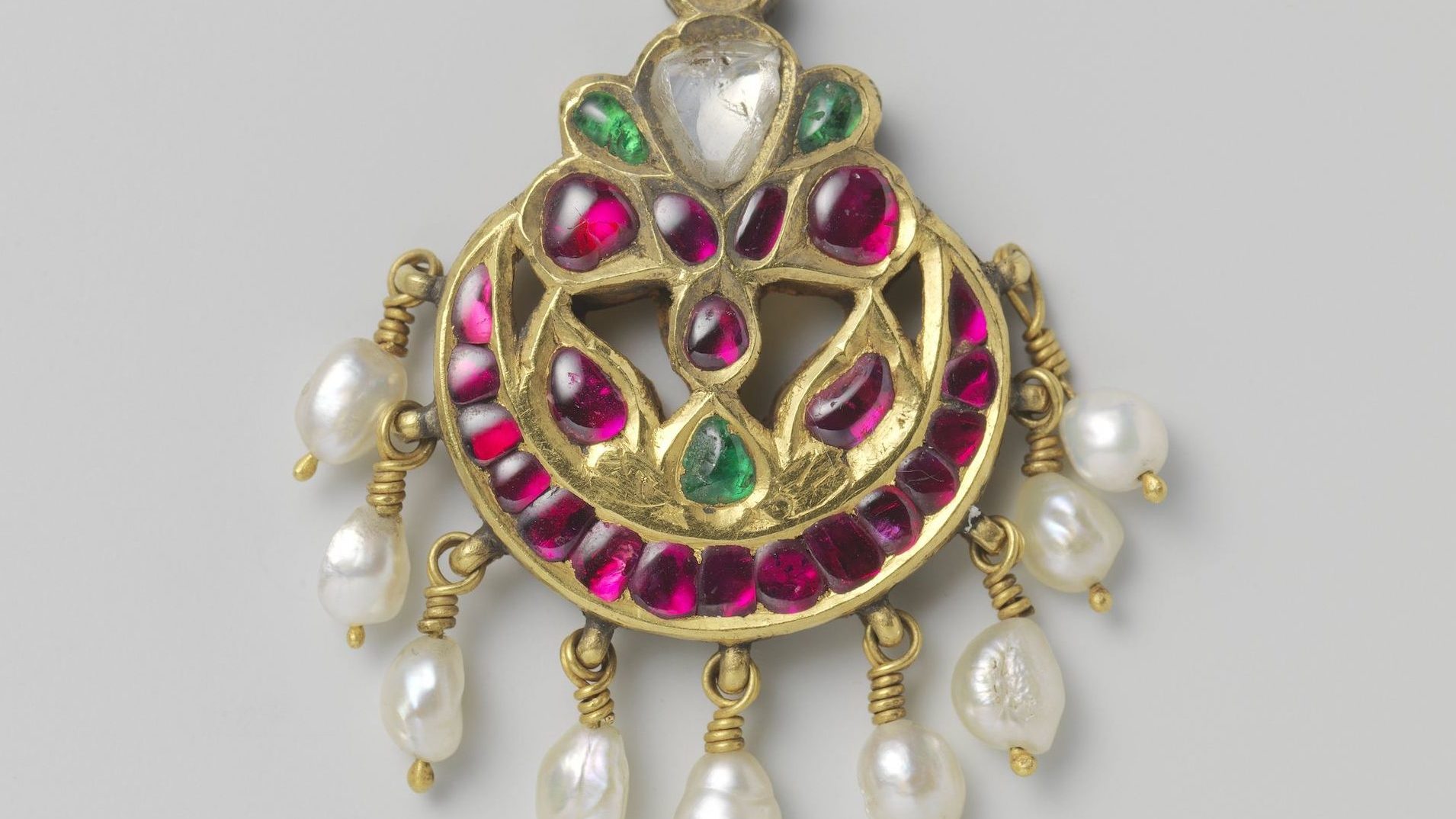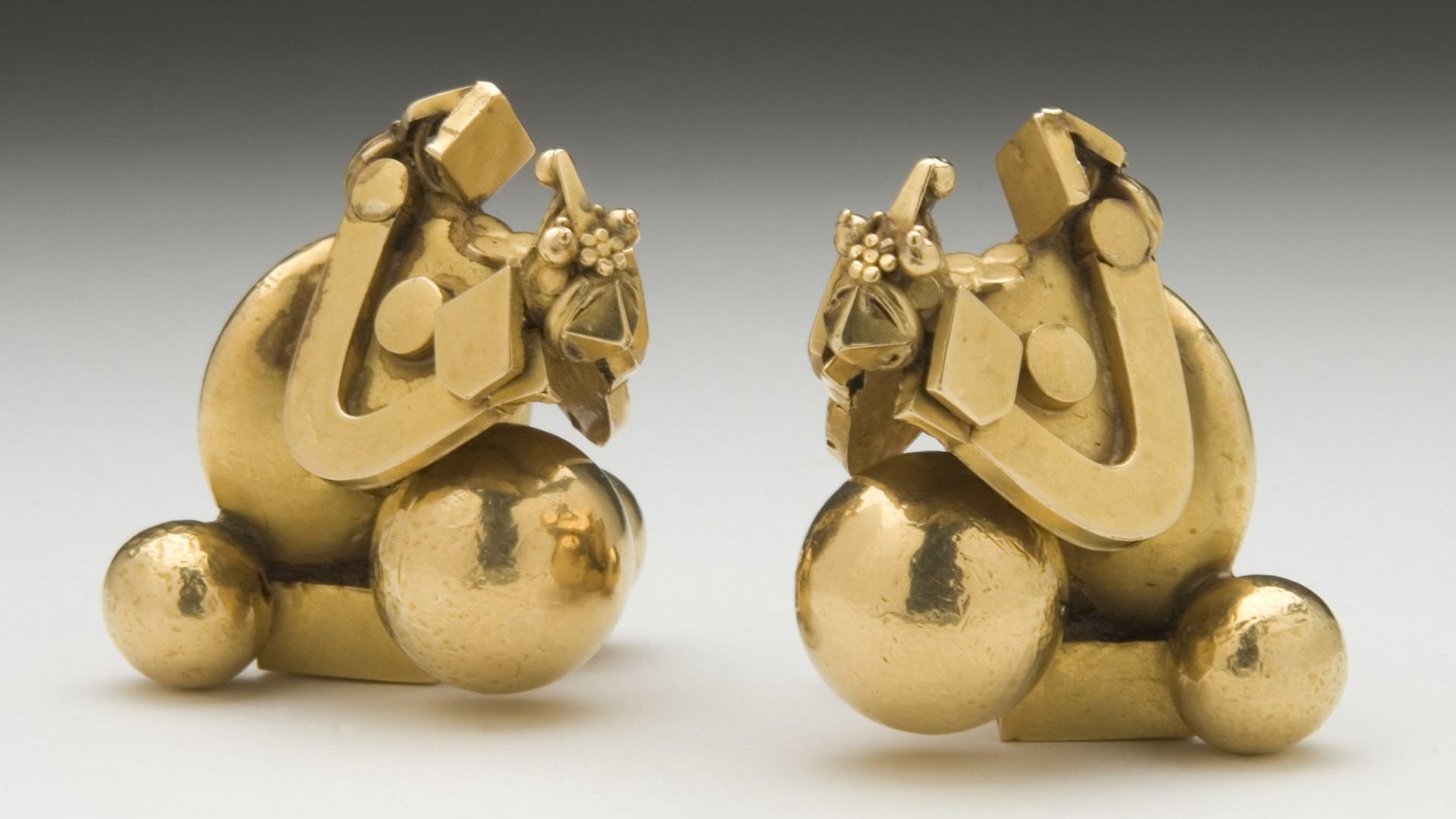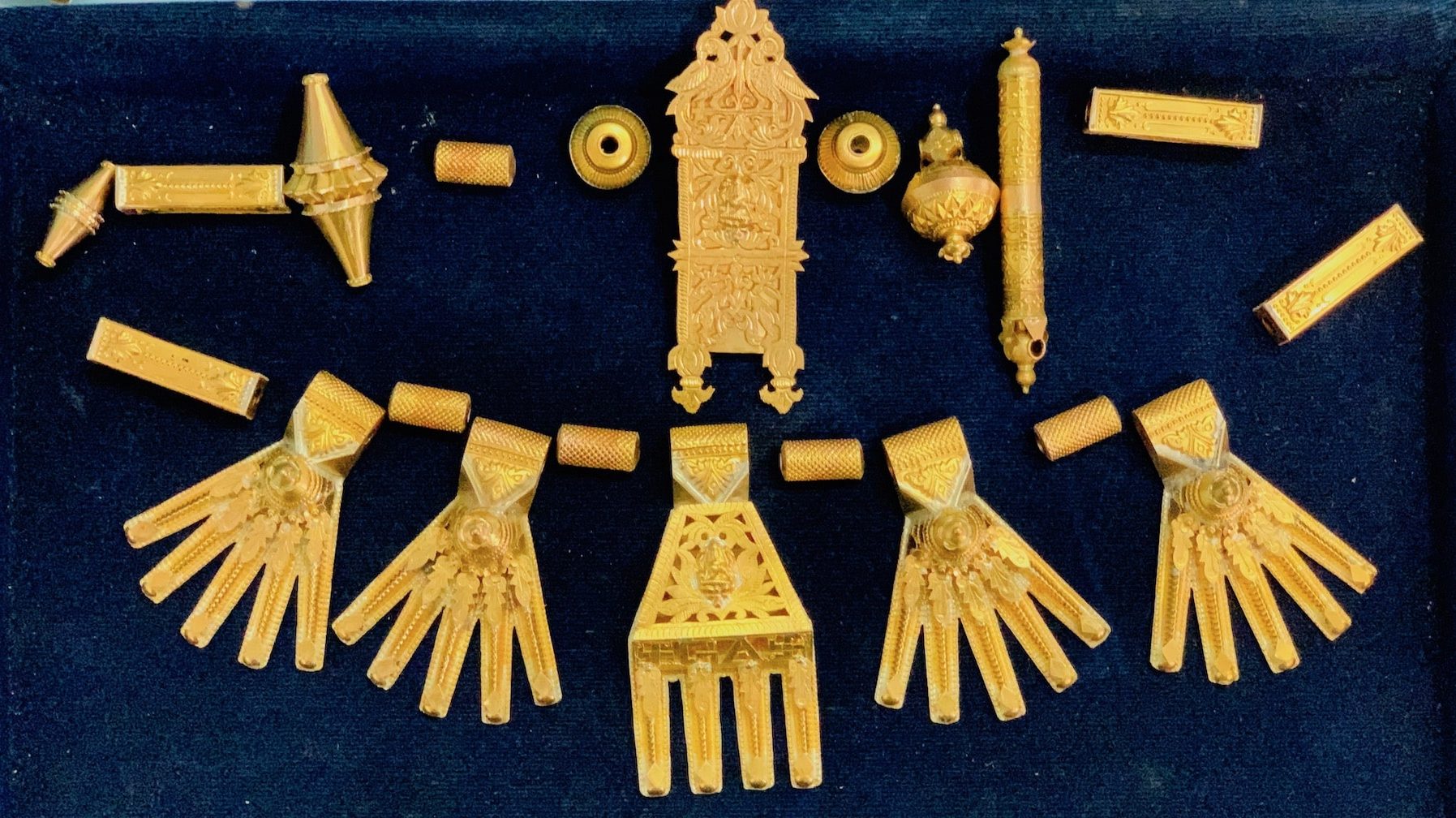Imagine if you are an ancient jewellery designer. Like all creative folks, you take inspiration from nature– from things that surround you. You live close to land and water so you draw from flowers, fruits, trees, birds, animals and sea animals.
The question is: which flora or fauna do you pick? For all kinds of design inspiration?
Say, you want to name the planets, a harvest festival, or a piece of jewellery– which animal or plant do you name it after? It seems that our ancestors examined all the species that inhabit India and picked a choice few to highlight.
Consider the Makara (a sea animal that closest resembles a crocodile). The crocodile is not a particularly beautiful species– unless you happen to be a crocodile Mom looking at her baby. It isn’t a slam-dunk like the peacock or parrot, which most everyone would agree are beautiful. Yet, it is linked to love, fertility, virility, strength and fierceness.
In his book Yaksas, Ananda Coomaraswamy describes the makara as a sea monster, a “leviathan” moving not just through our ancient seas but also the cosmic ocean that is the night sky. The makara rashi (Capricorn) is linked to this.
Over time, it evolved into a composite phantasmagorical animal. Just mix and match an elephant’s trunk, cow’s ear, fish eyes, spiny tail of a crocodile, the snout and teeth of an alligator, panther’s legs, boar’s body, and even the bushy tail of a peacock.
Makara rashi refers to Capricorn in Indian astrology
Here is a gold coin depicting Capricorn.
Festival
One of the most important days in the Hindu calendar is Makara Sankranti. It marks the day of the winter solstice and the beginning of the Uttarayan, when the sun moves northwards, marking longer days. Celebrated all over India with the flying of kites, sharing of sweets with jaggery and sesame seeds, Makara Sankranti is when Hindus begin new endeavours.
Sankranti means transit. Makara Sankranti is the day when the sun transits to the planet Capricorn, called Makara in Hindu astrology. On this day, pilgrims take a dip in the Prayag and celebrate it as Magh Mela.
For farmers, it marks the end of back-breaking work– the sowing of seeds– and allows them to relax a little and wait for the harvest.
The Sea is the abode of the makara:
Lakshmi belongs to the makaralayam
Verse
Many verses in the Upanishads refer to the oceans as makaralayam– the abode of the makara or sea crocodile.
A famous Sanskrit verse composed by Adi Shankaracharya, for instance is the Kanakadhara Strotram, which according to legend caused gold coins to rain down on the devout. In it, Goddess Lakshmi is referred to as “Makaralaya Kanyakaya.”
In the Bhagavad Gita, Lord Krishna refers to himself as the makara among the fishes.
Why so?
Well, one reason could be that the makara is not really a crocodile. It is in fact an early dinosaur as speculated upon here.
A makara has the head of the crocodile, horns of a goat, body of an antelope, tail of a peacock and legs of a panther. Is this a composite animal fueled by artistic imagination, or did such a creature really exist?
The phantasmagorical makara in a Nepali sculpture
Peacock’s tail, crocodile’s mouth, panther’s legs, and….
Myth
Well, the makara is the vehicle or vahana of both the lord of water, Varuna, and of Ganga Devi. The flag of Kama, the god of desire is called makara-dhvaja and has a makara in it. The makara is also one of the nine treasures of Kubera, called “nava-nidhis“. These may have been guardians worshipped by tantriks.
Temples
Next time you go to a temple, look for the images of this makara. The Chennakesava temple in Belur, Karnataka, for instance, has what is called a “makaram thoranum” on the top of the threshold into the sanctum sanctorum. Two makaras decorating the entrance. The makara is commonly used as the “kirti mukha,” or the face of glory in many temple entrances.
Music Instruments
The makara-yazh is an ancient instrument of Dravidian country.
So you see, it wasn’t just jewellery in which the makara played a starring role.
Once you knew where to look, the makara glided through every aspect of Indian culture.
Much like a crocodile glides through water.


